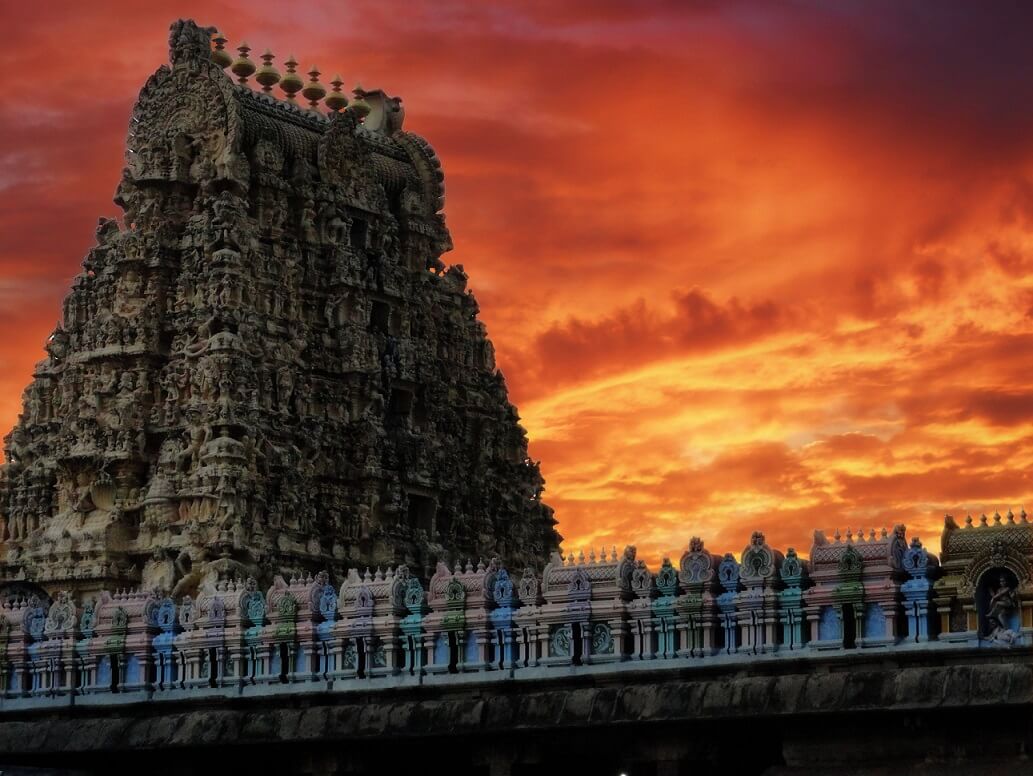India has interacted with the rest of the world from the middle of the third millennium B. C. Indians traveled abroad and leave the footprints of their Culture. They also bought to the soil ideas, impressions, customs, traditions, and knowledge of the distant lands. Indian Culture and Civilization are spread in various parts of the world by means of voluntary acceptance of cultural and spiritual values of India not merely by conquest or threat to life.
In ancient times, traders from India went to distant lands such as China , Rome, Indonesia and Cambodia for business . During the time of emperor Ashoka , Kingdom Kalinga had trade relations with Sri Lanka. Traders established trade relations and cultural links. The universities were the most important centres of cultural interaction like Nalanda and Valabhi where Chinese pilgrim Huien Tsang visited. Acharya Kamalasheel of Nalanda university was invited by the King of Tibet. In the eleventh century the head of the Vikramashila University Acharya Ateesha went to Tibet and gave foundation to Buddhism in Tibet. A large number of Tibetans embraced Buddhism. Even the king became a Buddhist. He declared Buddhism as the State Religion.
In Europe, the groups of Indian wanderers were famous as GYPSIES while they called themselves as ROMAS and their language as Romani . The Romas are known for their dance and music and it is said that every Roma musician is a splendid artist. They use to travel through Iran, Iraq, Turkey, Persia, Europe and other countries. Now they are settled in Greece, Bulgaria, Romania, Hungary, Russia and Switzerland.
India maintained commercial contact with China, Central Asia, West Asia and the Roman Empire. The Silk Route was primarily opened for the trade and later it was used by scholars, monks and missionaries. This route served as a channel for Cultural Transmission and Indian Culture was spread in Central Asia. Kuchi in Central Asia was important centre of Indian Culture. Discoveries of Ancient Stupas, temples, monasteries, images and paintings are the evidence of the Cultural exchange that took place between India and the Countries of Central Asia.
Indian Culture first entered China with two monk scholars – Kashyapa Martanga and Dharmarakshita who went to China on the invitation of Chinese Emperor Ming Ti . The Chinese people were highly cultured people and they wrote about Indians and Indian Culture which became the most important source of India History. Buddhism was declared as the State Religion by Wei Dynasty. Thousands of Sanskrit Books were translated into Chinese.
Korea received Indian Cultural elements through China. Sundo was the first Buddhist Monk who entered Korea . Indian monks brought philosophy, religion, art of making images, paintings and metallurgy. Monasteries and temples acted as centres of devotion and learning all over the Korea.
It՚s more than fifteen hundred years that Indian Culture came into link with Japan It was Korean emperor who sent a Buddhist statue, sutras, instruments for worship, artists, sculptors, paintings, and architects as gifts for the Japanese Emperor. In Japan, Sanskrit was soon accepted as a sacred language.
King Ashoka made great efforts to propagate Buddhism outside India. He also sent his Children to Sri Lanka to spread Buddha՚s message which were transmitted orally. The first monastries built in Sri Lanka were Mahavihara and Agbayani. Pali became their literary language. Indian Art forms, themes, styles, techniques of paintings, dance, folklores and architecture also reached Sri Lanka
People and Culture Of India began to reach Myanmar which is situated en route to China. Indian tradition was quite strong. Court, Astrologers, soothsayers, and professors were known to be Brahmins called ponnas.
Indian Culture began to reach Thailand by Indian Traders , teachers and missionaries. Sanskrit names were given to Thai Kingdoms such as Dwaravati , Shrivijay , sukhodaya and Ayutthiya. Even the street names such as Rajaram, Rajarani , Mahajaya remind of Ramayana. In the capital city of Thailand, Bangkok has 400 and more temples.
Indian Culture was carried to the distant land of Vietnam by traders and princes who migrated and established themselves as pioneers in the field of politics and economics in Vietnam and Cambodia. Indian Culture also traveled to Indonesia. Prambanan is the largest Shiva Temple built in Indonesia՚s Island of Java. The stories of Ramayana and Krishna were carved on the walls of the temples.
India՚s links with West Asia by land as well as sea route go back to ancient times. The ties between the two-culture zone became close with the rising and spread of Islamic Civilizations in West Asia. Indian contributions to Arab civilization were Mathematics as the Arabs acknowledged their debt to India by calling Mathematics “Hindisa” . A number of Arab sources dating back to the tenth and thirteenth centuries inform us about Indian work on medicine and therapeutics.
Southern India had the monopoly of the products that were in great demand in the west represented mainly by the Roman Empire which became India՚s best customer. Items like pepper, betel, spices, scents, and precious stones like beryl, gem, diamond, ruby, pearls, ivory, silk, and muslins were in great demand.
Trade thus became a very important mode that helped in the spread of Indian Culture abroad. Indian ships sailed across the seas and reach foreign shores to establish commercial ties with several countries. The Literature, Art, and sculpture of the neighboring countries clearly show the influence of Indian Culture and Civilization.
Contributed by Ramanujam



